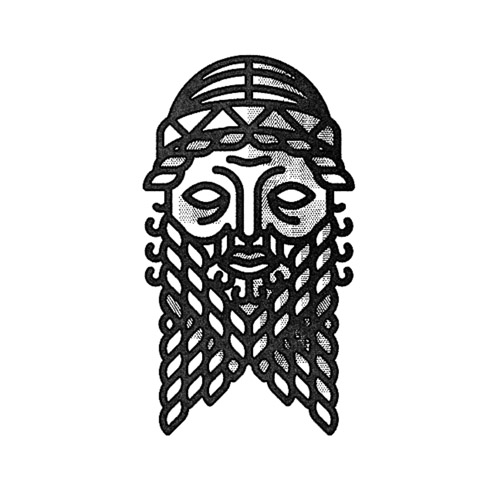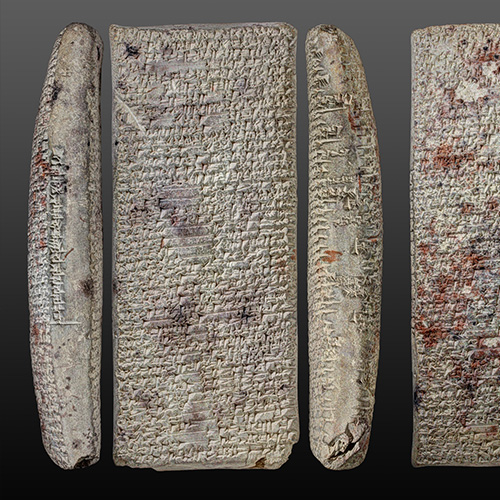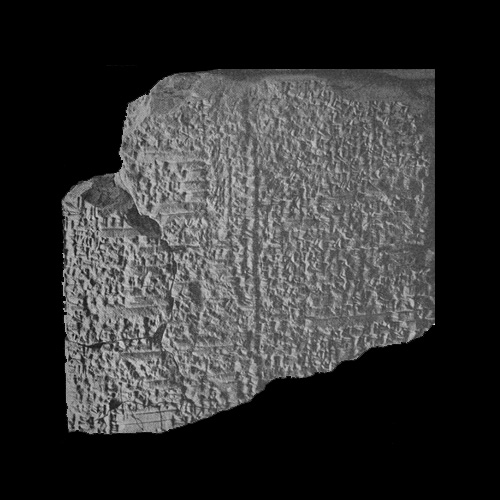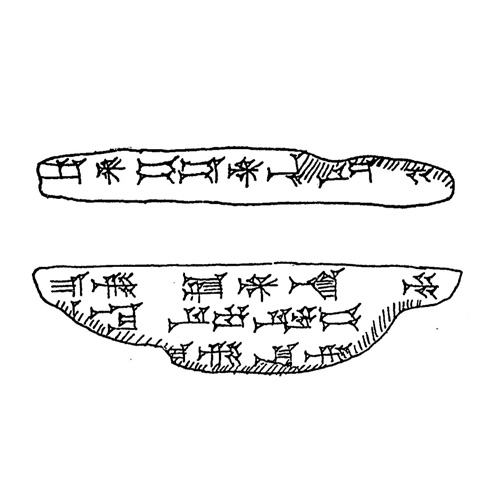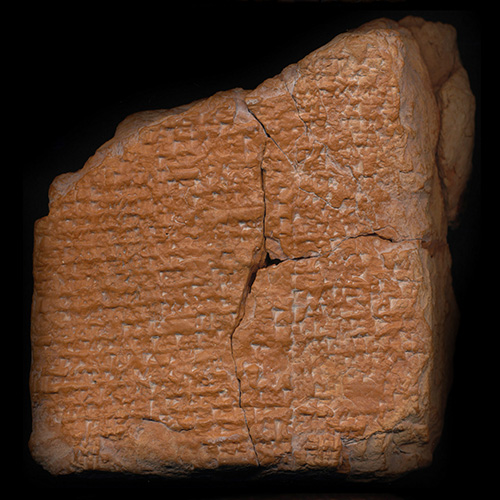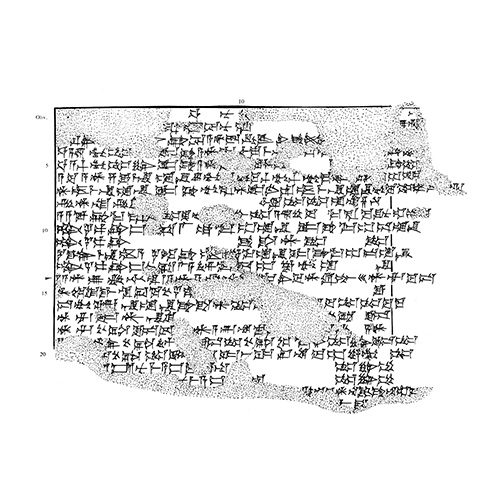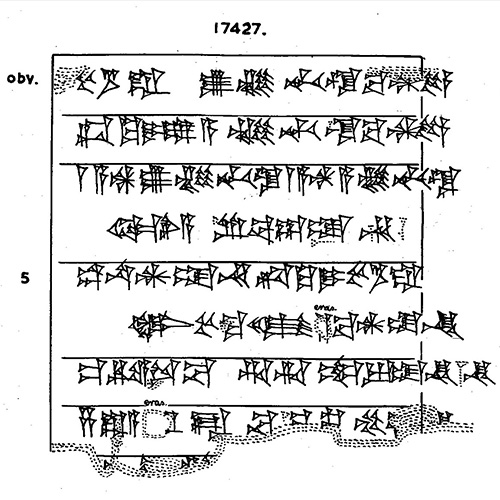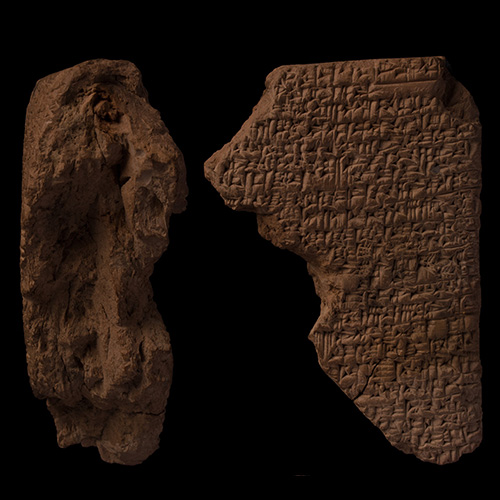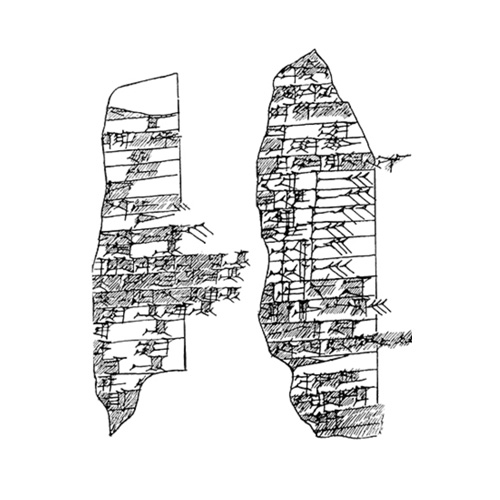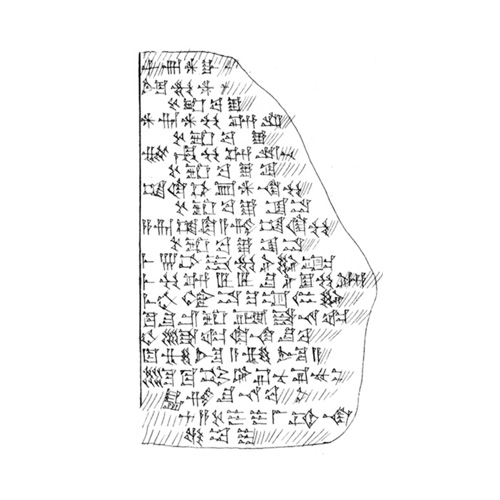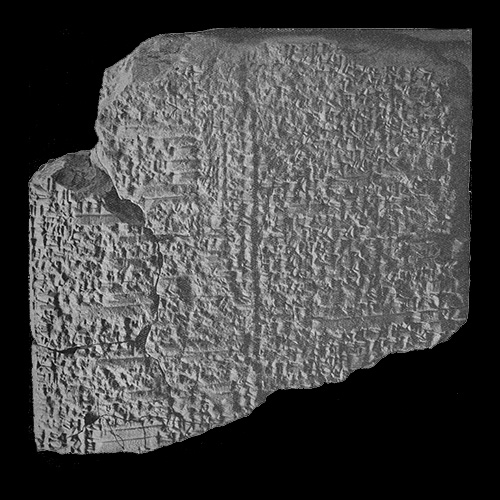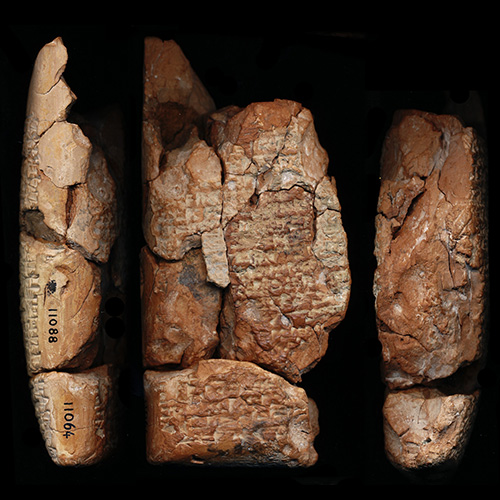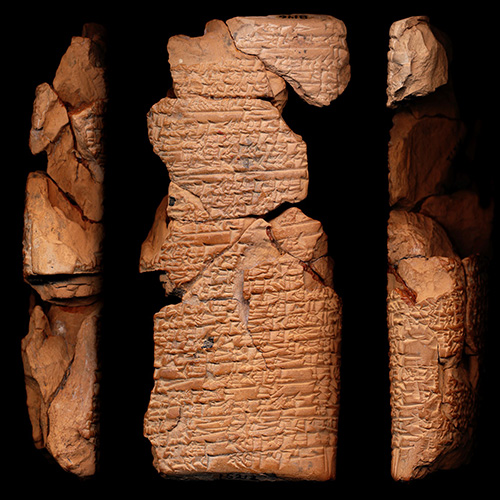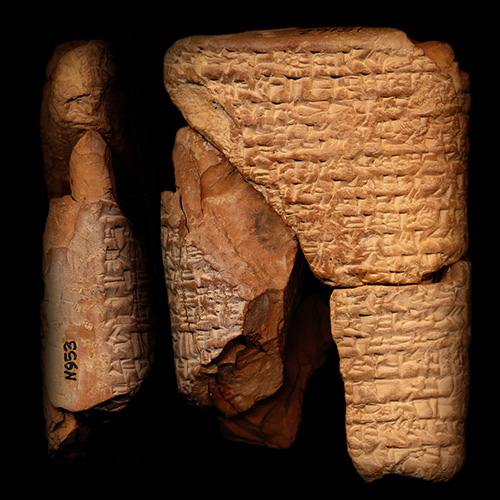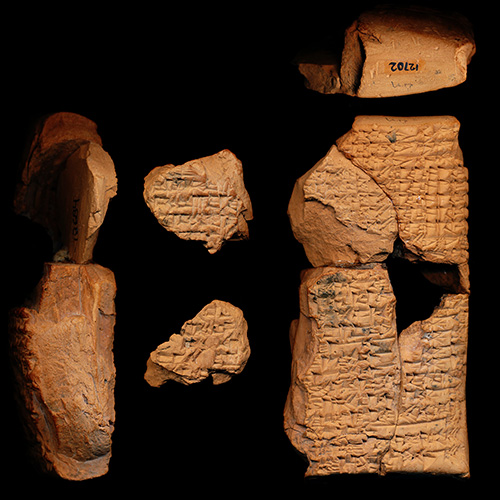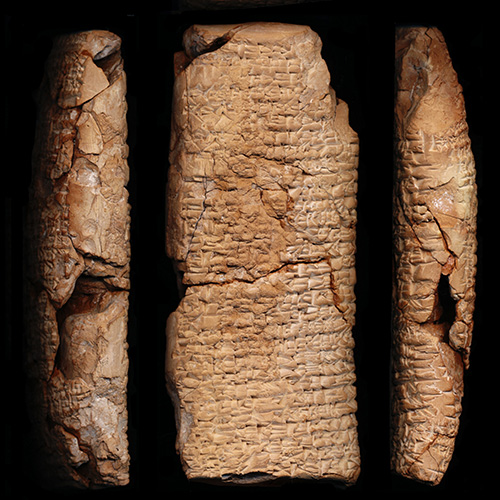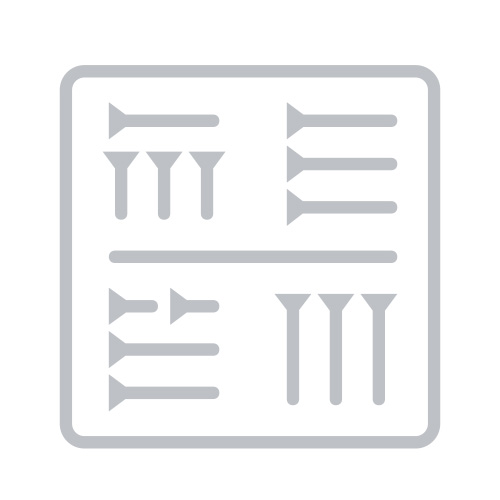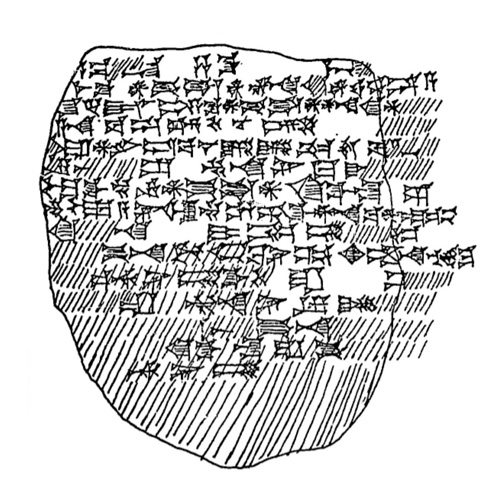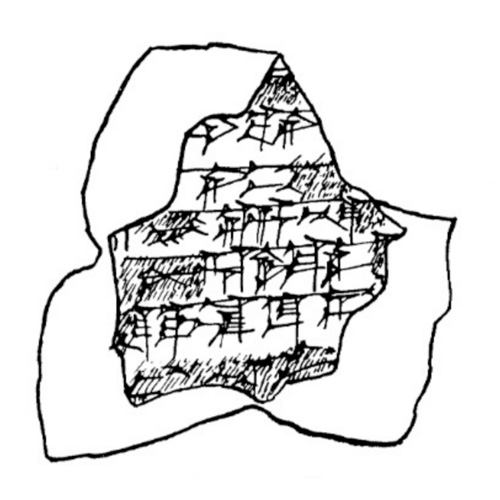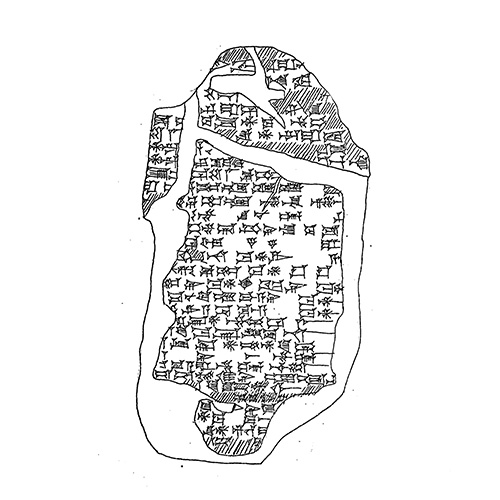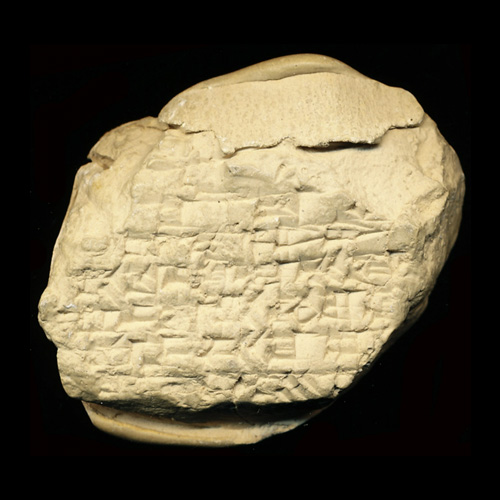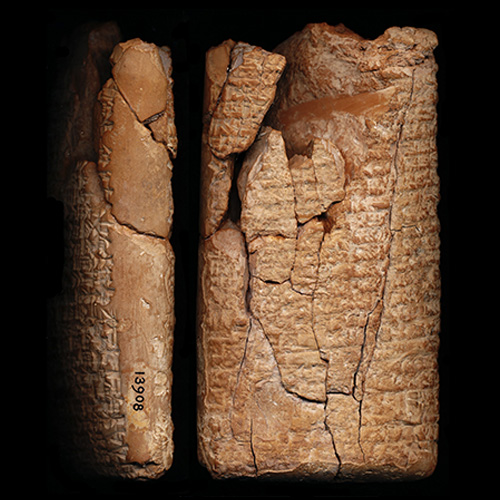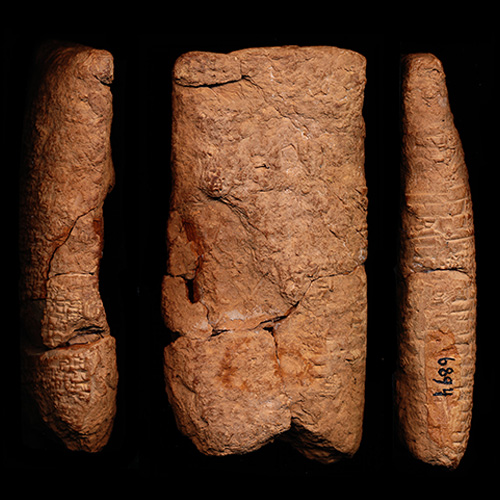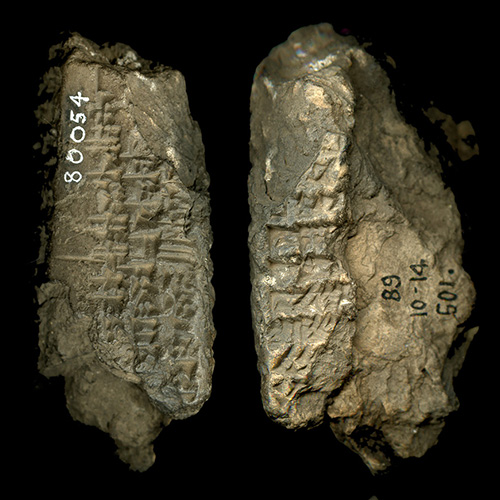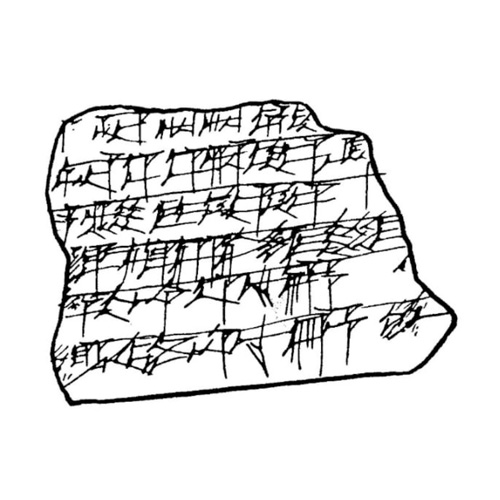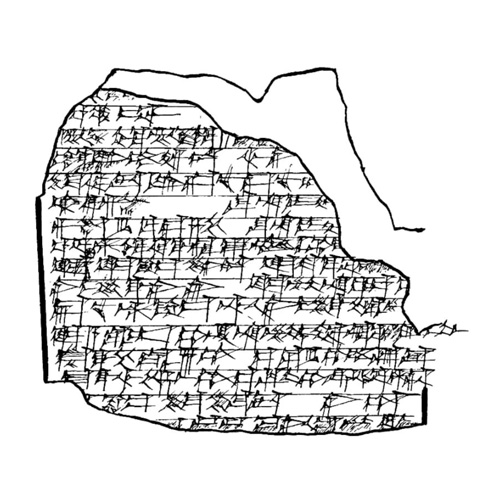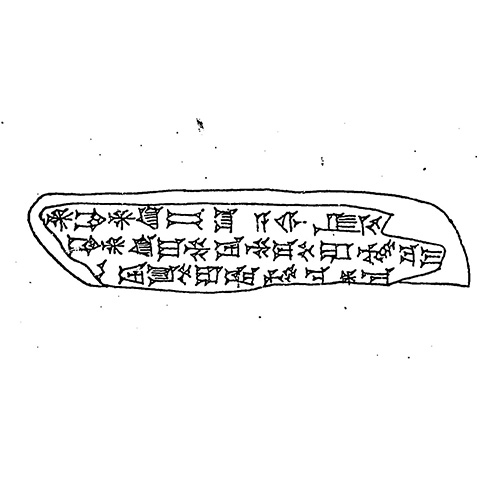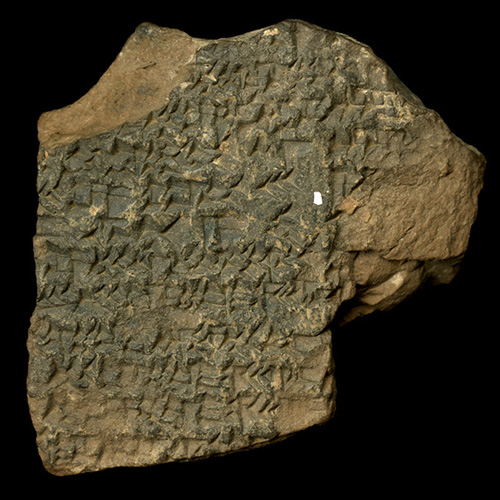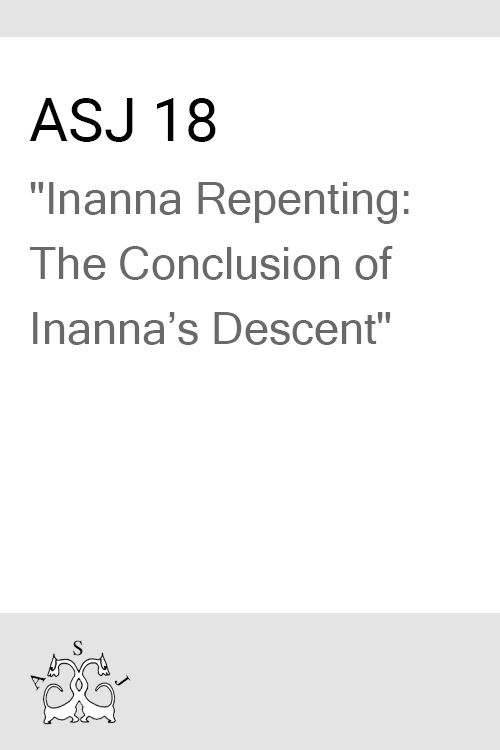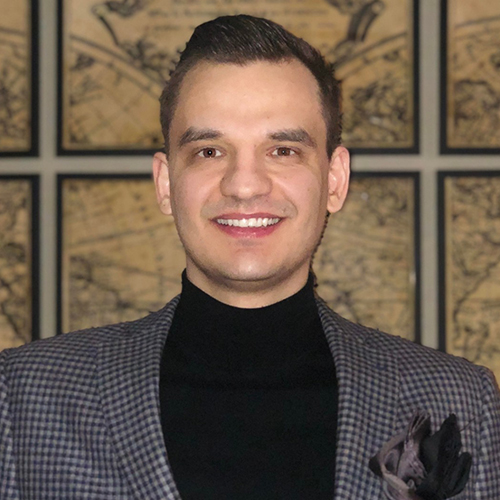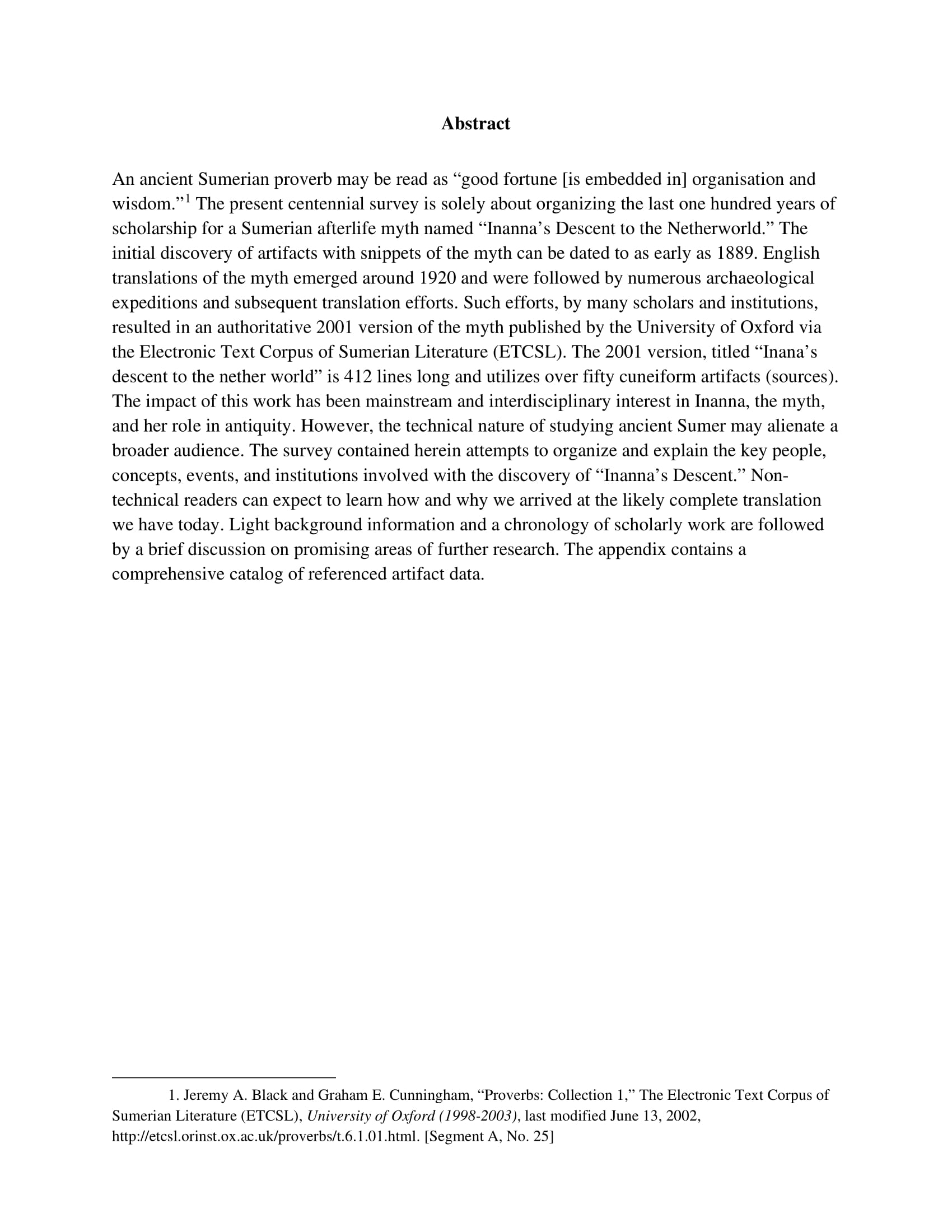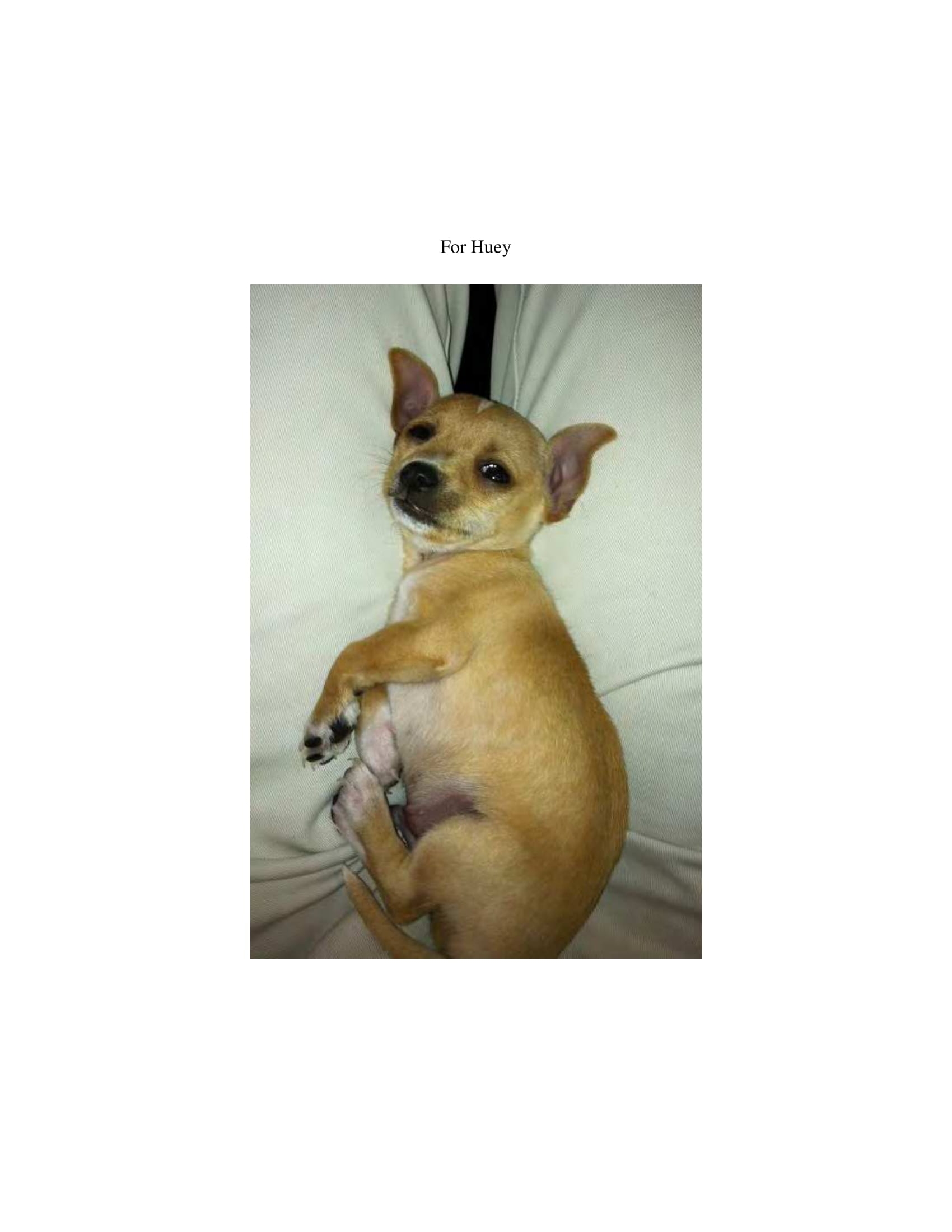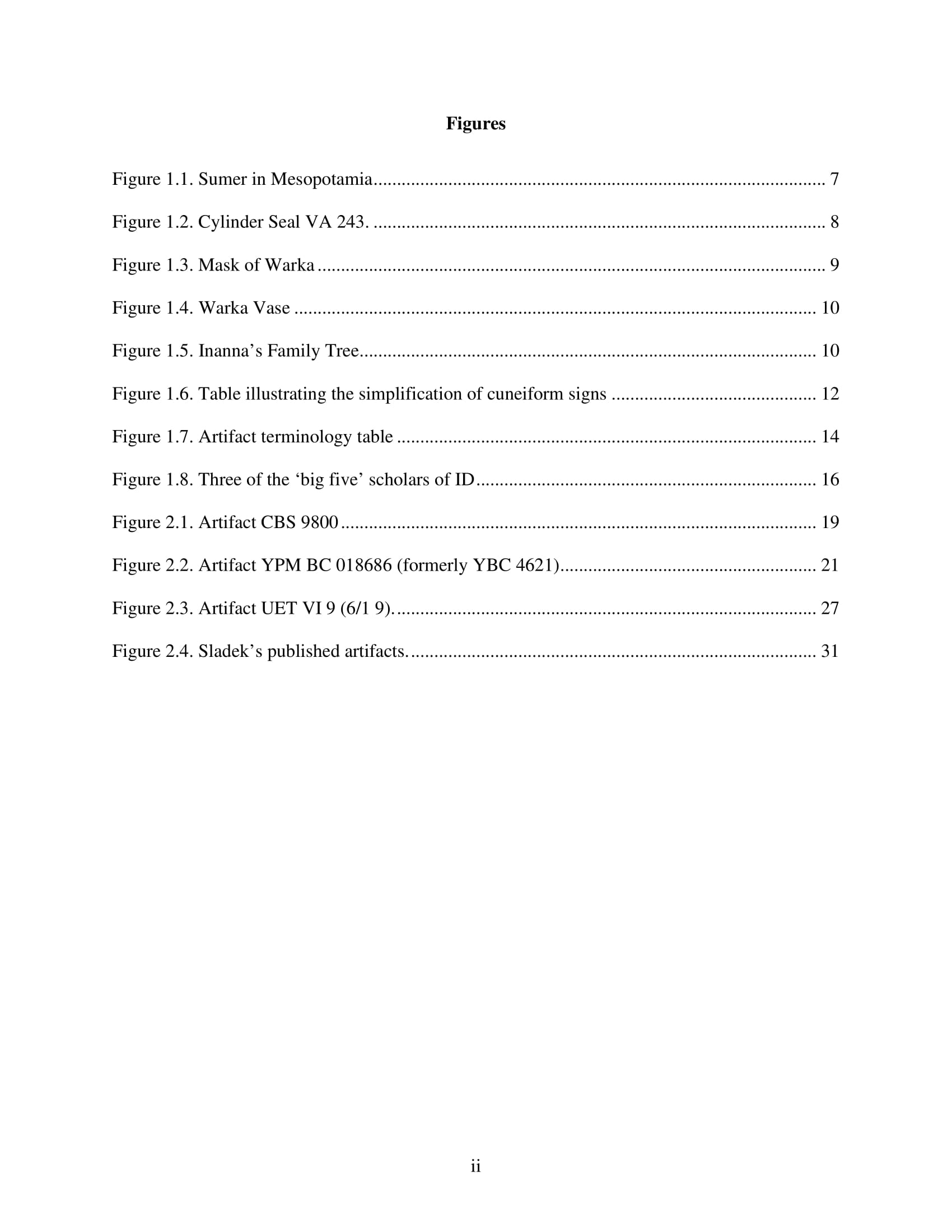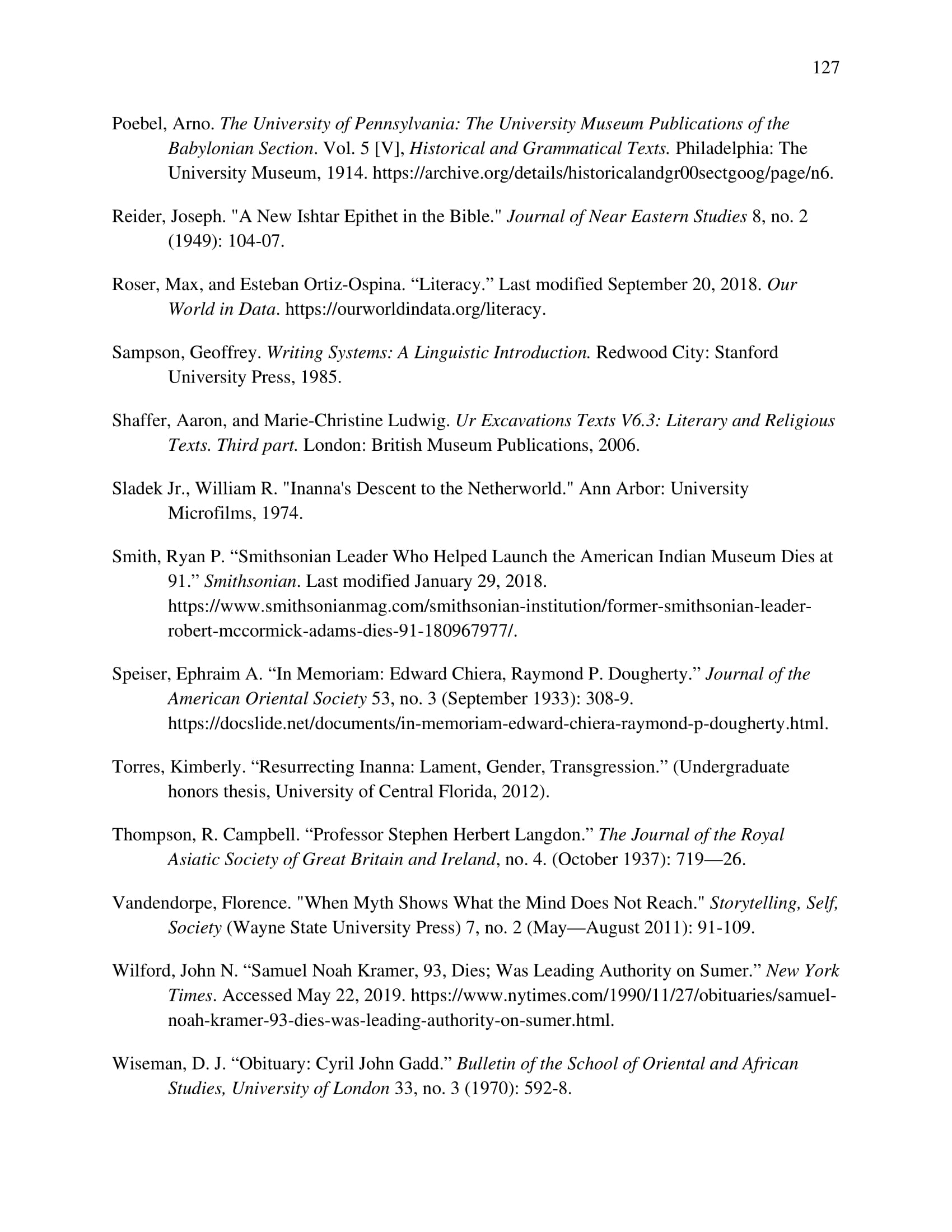About
"Inanna's Descent" outlines all the scholarship related to the Sumerian afterlife myth named "Inanna's descent to the netherworld." The work contains a chronological survey of the scholarship, as well as an appendix of over forty artifact pictures and citation details. The work was produced by Dedović while he was studying death and burial rituals in the ancient world at the University of Maryland, College Park, MD.
Source: OMNIKA
Abstract: An ancient Sumerian proverb may be read as “good fortune [is embedded in] organisation and wisdom.” The present centennial survey is solely about organizing the last one hundred years of scholarship for a Sumerian afterlife myth named “Inanna’s Descent to the Netherworld.” The initial discovery of artifacts with snippets of the myth can be dated to as early as 1889. English translations of the myth emerged around 1920 and were followed by numerous archaeological expeditions and subsequent translation efforts. Such efforts, by many scholars and institutions, resulted in an authoritative 2001 version of the myth published by the University of Oxford via the Electronic Text Corpus of Sumerian Literature (ETCSL). The 2001 version, titled “Inana’s descent to the nether world” is 412 lines long and utilizes over fifty cuneiform artifacts (sources). The impact of this work has been mainstream and interdisciplinary interest in Inanna, the myth, and her role in antiquity. However, the technical nature of studying ancient Sumer may alienate a broader audience. The survey contained herein attempts to organize and explain the key people, concepts, events, and institutions involved with the discovery of “Inanna’s Descent.” Non-technical readers can expect to learn how and why we arrived at the likely complete translation we have today. Light background information and a chronology of scholarly work are followed by a brief discussion on promising areas of further research. The appendix contains a comprehensive catalog of referenced artifact data.
Source: Author or Publisher
expand_more Read more Read less
Access
Read for free
Primary
Myth
Inanna descends from the great above to the great below. She abandons several temples and heads for open country. She gives precise instructions to her companion—Ninsubur: Inanna says "if I don't return in three days, go to the temples and plead on my behalf." At the netherworld she enters and goes through seven gates before she is turned into a corpse. Ninsubur follows the instructions and tells Inanna's father Enkil what happened. He helps her by sending two a-sexual creatures to sneak in and bring her back to life. Once Inanna is alive she ascends while being escorted by demons from the netherworld. The demons allow her to trade her husband Dumuzi in her place.
Belief system
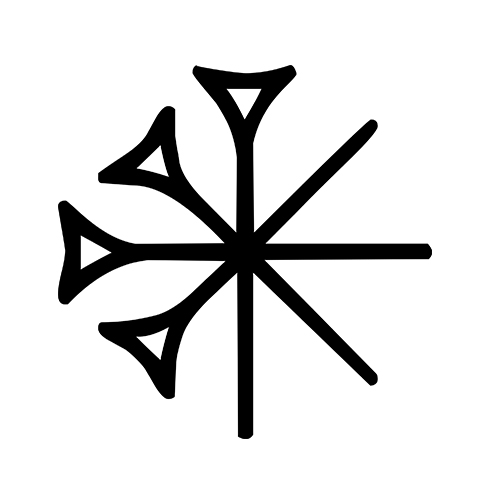
Sumerian religion refers to spiritual beliefs practiced from ca. 4500-1900 BCE in Mesopotamia, or modern-day southern Iraq. Many deities were diffused into other Mesopotamian cultures.
Deity

Inanna (Sumerian: 𒀭𒈹) was one of the oldest deities in the Sumerian pantheon. She was later adapted into the Akkadian pantheon of deities under the name Ištar.
Translation
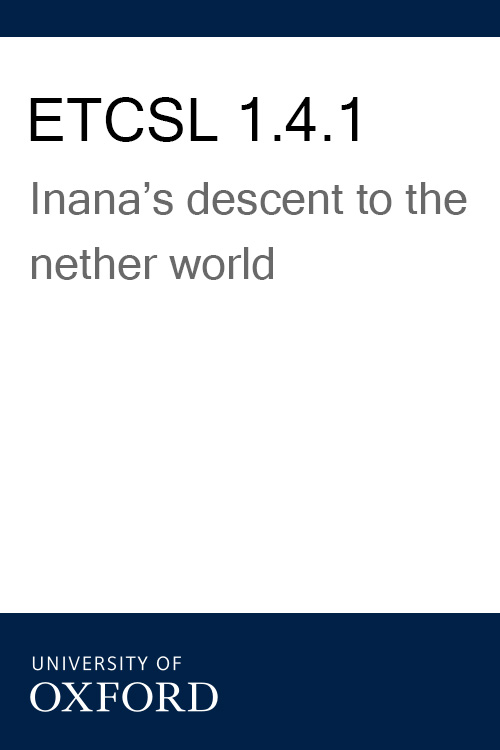
"Inana's Descent to the Nether World" (ETCSL 1.4.1) provides a complete English translation of a Sumerian afterlife myth. The main actors are Inanna and her apparent sister, Ereshkigal. This version is contained in one long segment consisting of 414 lines.
Myths cited
It looks like only the main myth was referenced in this work.
Belief systems cited
Primary
Artifacts cited
Other works
Conference paper · 2023
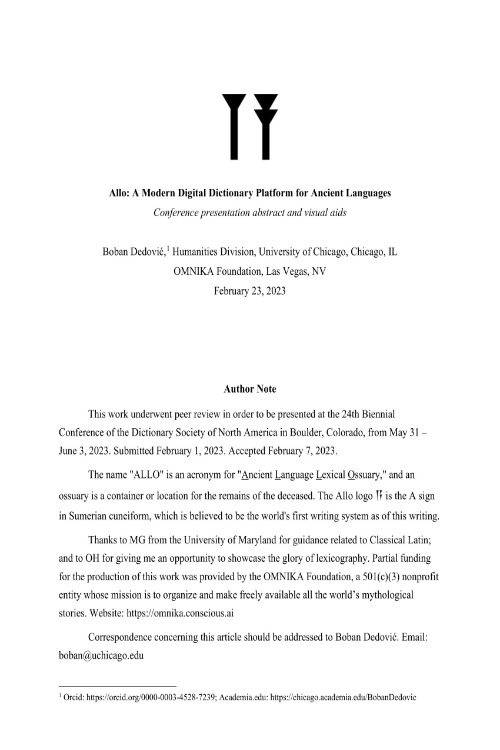
This work is a conference paper by Boban Dedović concerning Allo Latin, a digital tool first presented at the 24th biennial conference of the Dictionary Society of North America in Boulder, CO, May 31 – June 3, 2023.
Preprint · 2023
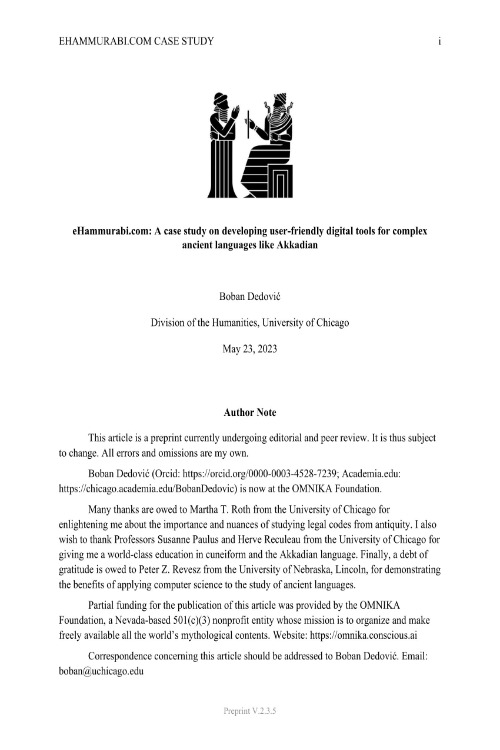
This case study outlines how the eHammurabi.com digital tool was built by describing its development from start to finish. The Law Code of Hammurabi was created in c. 1750 BCE and is well-known for being one of the oldest and most important legal texts in recorded human history.
Seminar paper · 2019
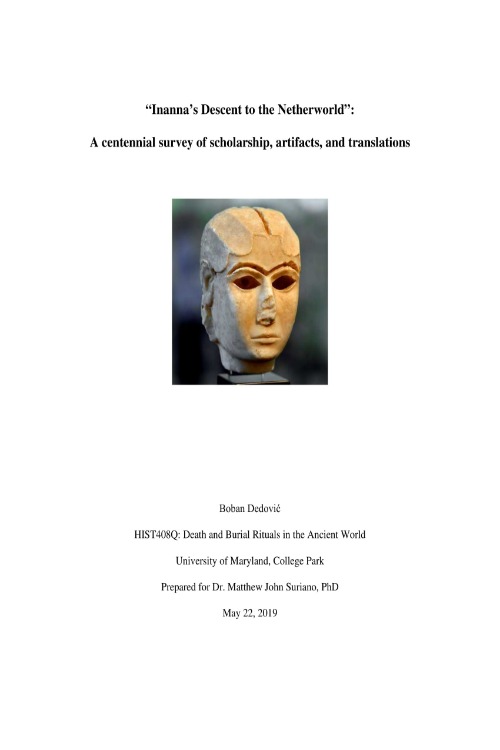
"Inanna's Descent" outlines all the scholarship related to the Sumerian afterlife myth named "Inanna's descent to the netherworld." The work contains a chronological survey of the scholarship, as well as an appendix of over forty artifact pictures and citation details. The work was produced by Dedović while he was studying death and burial rituals in the ancient world at the University of Maryland, College Park, MD.
Conference paper · 2022
"‘Minds’ in ‘Homer’" is a 2021 empirical research study on mental language in the Homeric epics which argued that the Iliad has much less mental language than the Odyssey, statistically speaking. Following peer review, the findings were accepted as a conference paper for the twelfth International Conference on the Mental Lexicon in Niagara-on-the-Lake, Ontario, Canada, from October 11–14, 2022.
Website · 1997
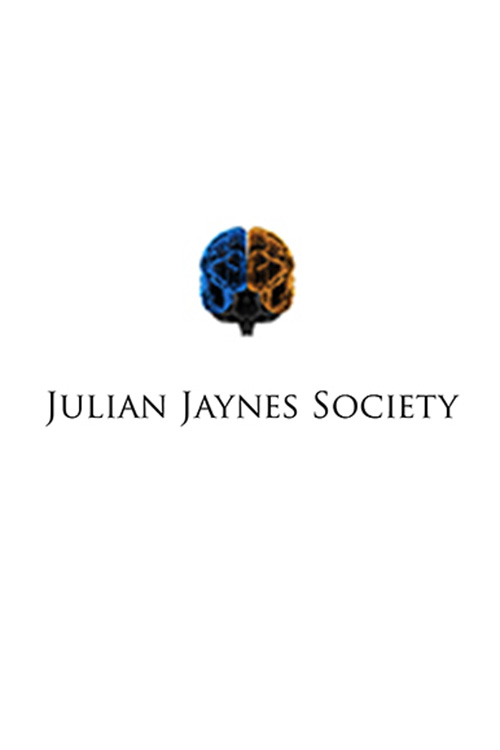
The "JJS" promotes the work of Julian Jaynes, a former Princeton professor who revolutionized ancient (and modern) psychology with his book, titled The Origin of Consciousness .... The book's contributions to ancient studies are legion, and cover the Homeric Epics (the Iliad and Odyssey), and more Greek and Akkadian myths. The society was started in 1997 by the prolific author Marcel Kuijsten, its Executive Director.
Website · 2021
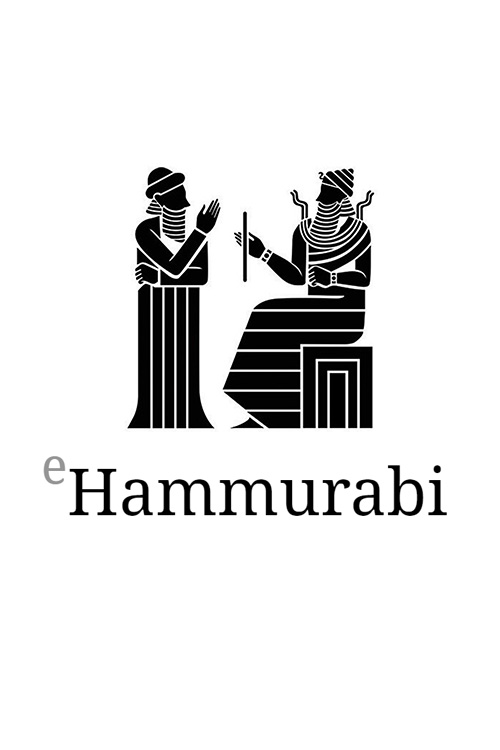
The Electronic Hammurbi website provides a digital version of the Law Code of Hammurabi; and includes the cuneiform signs, transliteration, normalization into Akkadian (Old Babylonian), and an English translation derived chiefly from Huehnergard's standard Akkadian grammar. The website was created by Boban Dedović on February 2021 while he was studying Mesopotamian Law at the University of Chicago, and is operated by the OMNIKA Foundation, a 501(c)(3) nonprofit based in Las Vegas, NV.
Conference paper · 2023
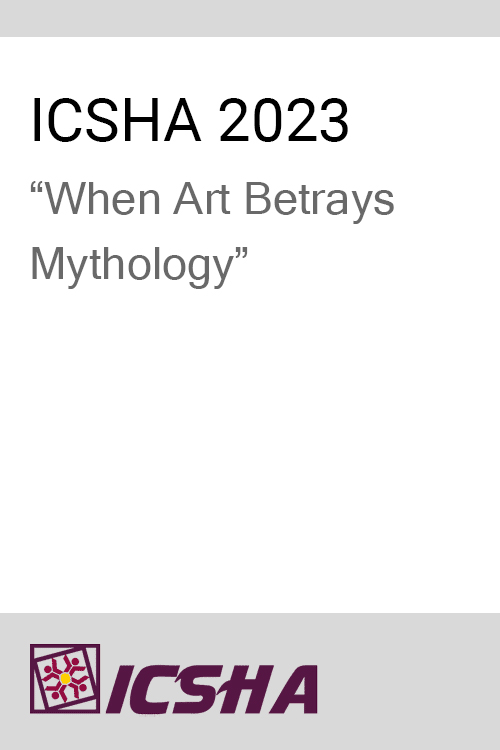
In "When Art Betrays Mythology," Dedović argued that Francisco Goya's Saturn painting is not representative of the mythological figure Cronus from Hesiod's Theogony. Instead, the author presents evidence to show that the painting's figure aligns with Grendel from Beowulf.
Book · 2022
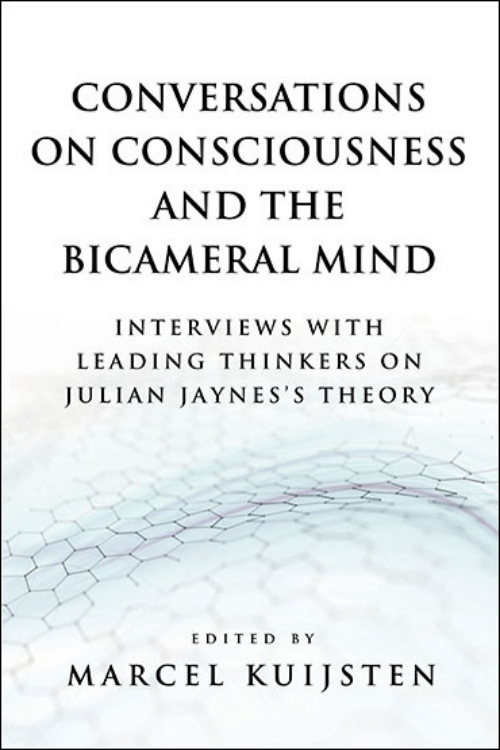
Conversations on Consciousness is a collection of transcribed interviews related to the theories of Julian Jaynes. The major focus of Jaynes' work was the origin of human consciousness. The work was compiled and edited by Marcel Kuijsten of the Julian Jaynes Society.
Library works
Book · 1983
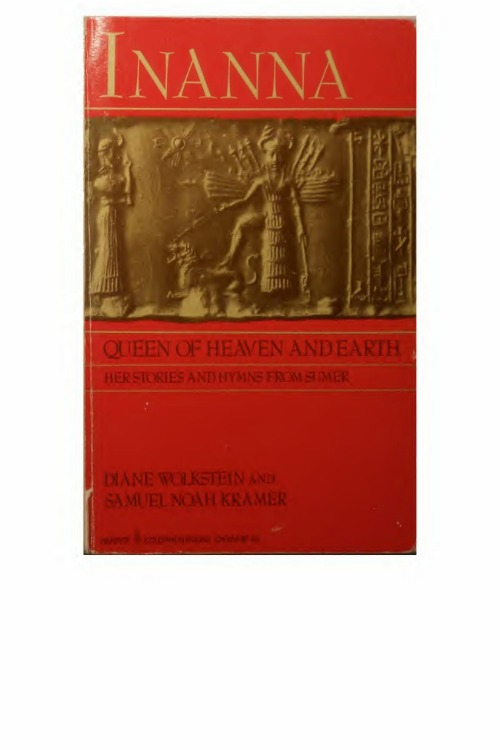
Wolkstein and Kramer's work on the Sumerian deity Inanna includes a contemporary and readable translation of the Inanna's Descent afterlife myth. Kramer is a Sumerologist who has devoted his career to translating the mythology related to Inanna. Wolkstein is a folklorist who contributed.
Website · 1997
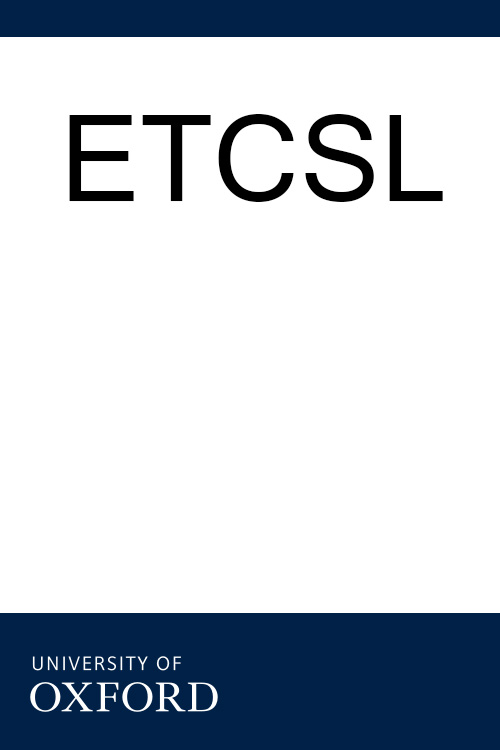
The The Electronic Text Corpus of Sumerian Literature (ETCSL) is a digital project sponsored and hosted by the University of Oxford (Faculty of Oriental Studies). It contains ancient Sumerian literature that includes myths, proverbs, letters, king lists, and more. The project was started in 1997, led by Jeremy Black, and funding for it ended in 2006.
Ph.D. dissertation · 1974

"Inanna's Descent" is a Ph.D. dissertation created by William R. Sladek in 1974. It is focused on "Inanna's Descent," a Sumerian afterlife myth, and includes a full translation and transliteration of the myth. Sladek published this work while earning his Ph.D. at Johns Hopkins University in Baltimore, Maryland, USA. His 1974 publication includes comprehensive translations of seven artifacts that were previously neglected from the full translation of the 412 line myth. His contribution to the scholarship of "Inanna's Descent" is very well-regarded by other cuneiform scholars, despite the fact that he did not actively continue publishing more work on the same topic.
Book · 1976
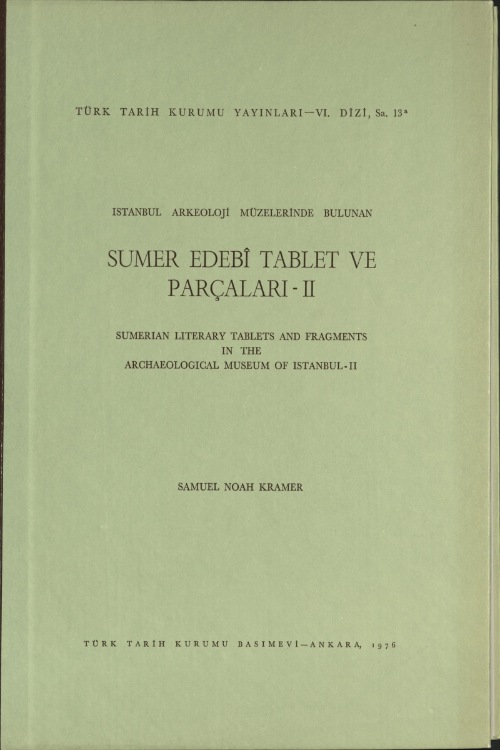
Sumerian Literary Tablets and Fragments in the Archaeological Museum of Istanbul - II (ISET II) is a 1976 book by Samuel Noah Kramer and includes sketches of clay cuneiform tablets with Sumerian inscriptions. Through 129 plates, 289 artifacts and fragments are sketched out in full detail. This work was produced by Kramer, a notable Sumerian scholar who spent most of his career deciphering and translating artifacts from excavations in Nippur (Iraq).
Book · 1914
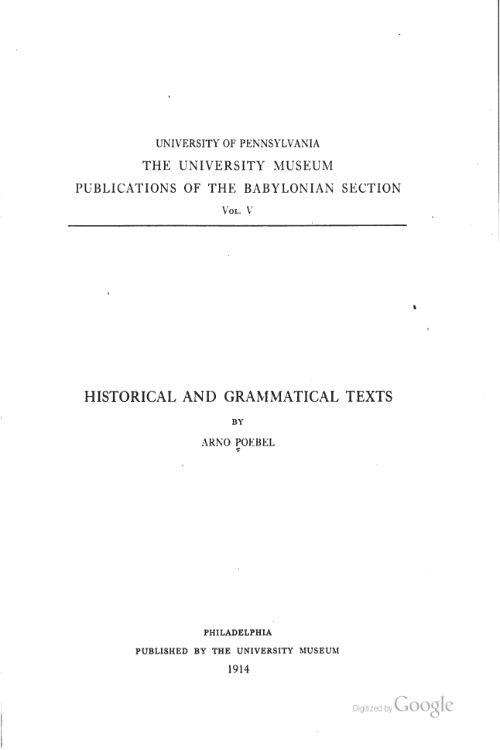
In 1914, Arno Poebel published Publications of the Babylonian Section: Vol. 5. Historical and Grammatical Texts, commonly abbreviated as PBS 5. This work includes a collection of artifact sketches from expeditions done by the University of Pennsylvania between 1890 to 1899. The text contains sketches of clay cuneiform tablets with Sumerian inscriptions. Many myths, hymns, and stories are referenced. Arno Poebel, a German Assyriologist who lived between 1881 and 1958, published the work.
Journal article · 1937
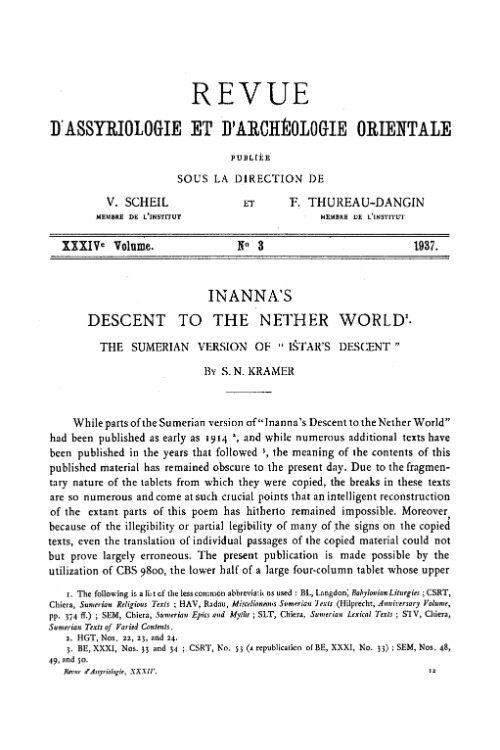
Kramer's 1937 publication of "Inanna's Descent" featured the publication of a tablet named CBS 9800. It provides 212 lines of the Sumerian afterlife myth, albeit with many lacunae.
Journal article · 1942

"Sumerian Literature; A Preliminary Survey of the Oldest Literature in the World" is a 1942 journal article by Samuel N. Kramer. The article provided an up-to-date transliteration and translation of the Sumerian afterlife myth named "Inanna's Descent to the Nether World." The article, published in the Proceedings of the American Philosophical Society, also included ten plates, which contained sketches and photographs of cuneiform tablets that Kramer translated.
News article · 2019
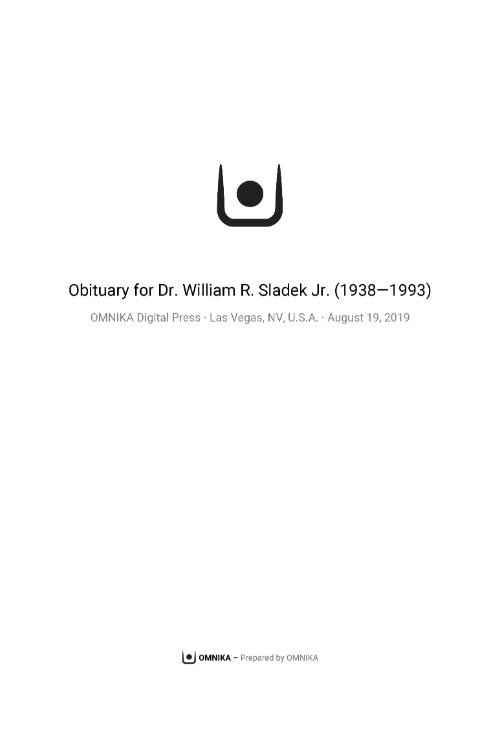
Dr. William R. Sladek passed away on November 6, 1993, at his home. He was a scholar and professor who contributed to the humanities. He earned his PhD at Johns Hopkins University in 1974 and published a dissertation on "Inanna's Descent to the Netherworld," a Sumerian afterlife myth. In this publication, he contributed important artifact findings as well as a comprehensive translation of the myth. Dr. Sladek taught in Maryland (University of Maryland, Baltimore Campus) while living in Pennsylvania. At the time of his obituary, he was survived by a son, Michael E. Sladek of Felton RD 1; a brother, Dr. Robert Sladek of Orange Park, Fla.; and a sister, Barbara Wallace of Silver Spring, Md. His obituary was originally published in the York Daily Record.
Journal article · 1950
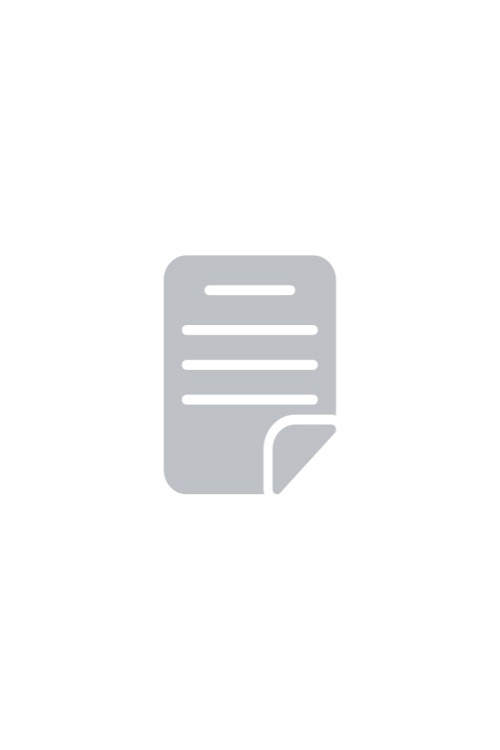
This 1950 article features a translation of the YBC 4621 clay tablet by Samuel Noah Kramer. This tablet provided some 91 crucial lines for deciphering the Sumerian afterlife myth known as "Inanna's Descent to the Netherworld."
Contributor
Cite this work
ChicagoDedović, Boban. "'Inanna's Descent to the Netherworld': A centennial survey of scholarship, artifacts, and translations." Undergraduate seminar paper. University of Maryland, College Park, 2019.
